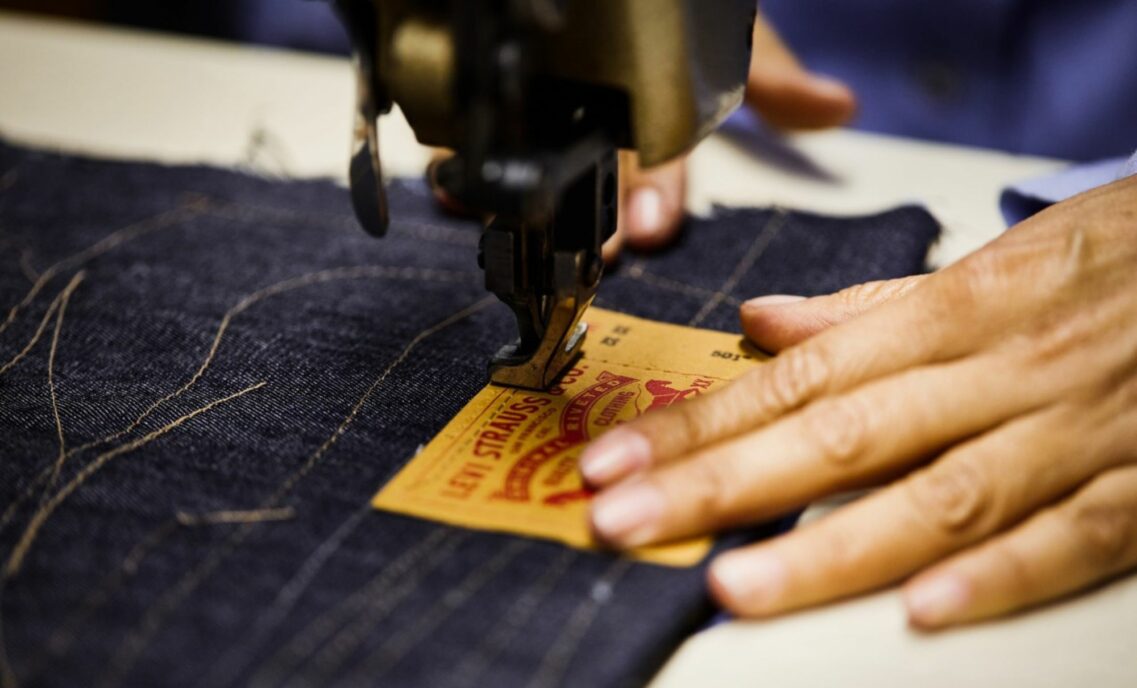Editor’s note: The following is an excerpt from the introductory letter of our 2022 Sustainability Goals & Progress Update, written by Levi Strauss & Co. CEO Chip Bergh.
When Levi Strauss and Jacob Davis first added rivets to pants to make them more durable 150 years ago, they were responding to the needs of the day. There were commercial needs, to be sure — they had to produce garments people wanted to grow the business — and there was a consumer need for clothing that withstood the rigors of mining in the California hills. So they innovated to meet the moment, creating what came to be known as the Levi’s® 501® jean.
Today, Levi Strauss & Co. (LS&Co.) is a global leader in jeanswear and a cultural icon, known the world over. Yet we too must respond to the time we are living in. Yes, we have tools Strauss and Davis could only have dreamed of, and we use them to deliver products consumers continue to make part of their everyday lives. But we have challenges I’m guessing they couldn’t have imagined — first and foremost, the existential threat of climate change and the impacts already visible the world over. In addition, consumers are, with good reason, more interested than ever in how their garments are made. To earn their trust and secure not just license to operate but also license to grow, we have to meet their expectations. That means continuing to push forward on our sustainability programming, with our values as our guide, and operating in a way that serves our planet and our communities, as well as our business.
With that in mind, I’m pleased to share this update on our sustainability goals and progress from 2022. In its most literal sense, this report documents where we are across our three key sustainability pillars of climate, consumption and community. But is also serves as a testament to the work we’ve done and a commitment to push further, to be bolder, to maintain the same sense of urgency that’s fueled our progress to date and to drive greater impact in our business and in our industry.
As you’ll see in the report, we’ve made some very real progress. For example, since we published our initial climate goals in 2018, we’ve reached 90% renewable electricity in company-operated facilities, reduced Scope 1 and 2 GHG emissions by 71% and Scope 3 GHG supply chain emissions by 23% (from a 2016 base year) and continued talking to consumers about overproduction and overconsumption. These are signposts of a broader effort to be better stewards of the resources we use and to look after our communities.
We know we have a ways to go, but I’m confident that we’re moving in the right direction. And we will keep pursuing impactful innovation, upholding our global standards of conduct, working with established partners and seeking out new collaborations to help us meet our sustainability ambitions. Simply put: this is the right way to do business, the right way to move forward and the right way to meet this moment, just as Strauss and Davis did all those years ago.







